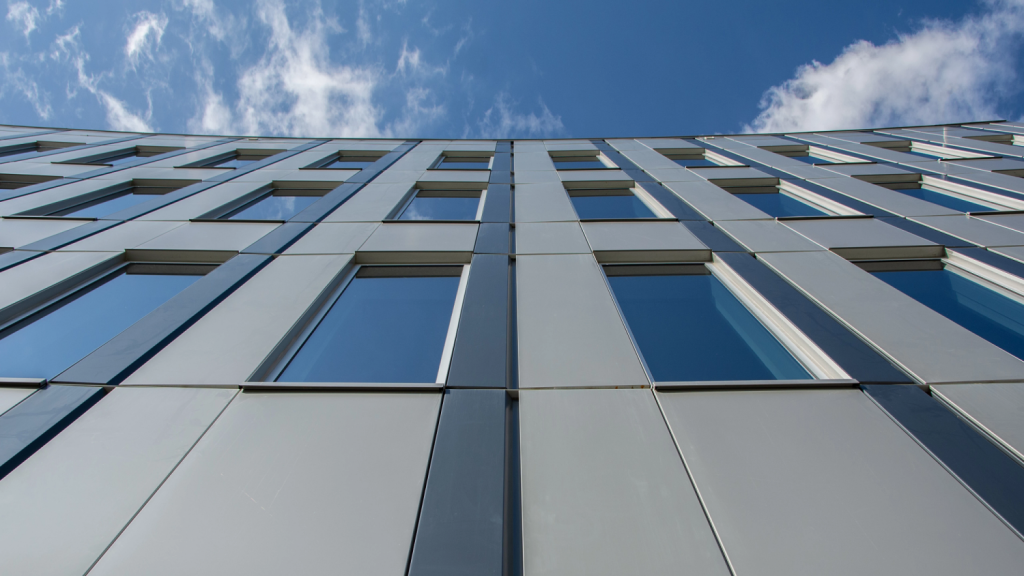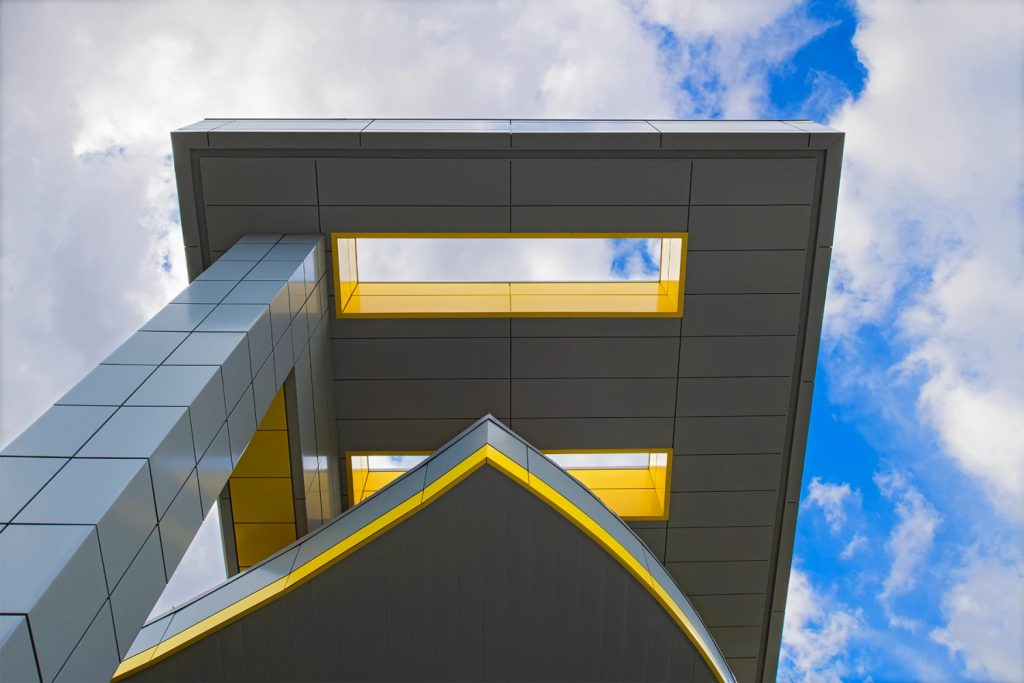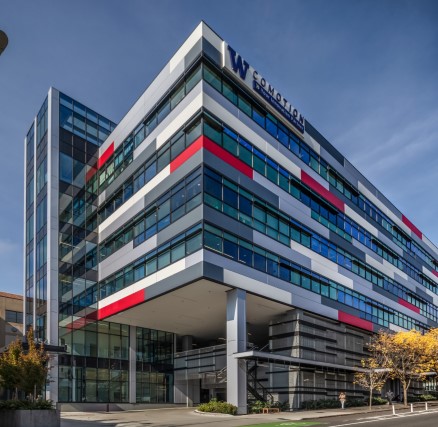Why Metal Building Construction Can Give You An Advantage

Here’s a number that might surprise you: nearly 50% of the one- and two-story non-residential building market in the United States is comprised of metal building systems. Perhaps it wouldn’t surprise you, however, if you were fully aware of the number of benefits metal building systems can offer both in the short term and for many years in the future. For more than a century, CENTRIA has been helping builders, architects, contractors, and anyone simply looking for a smart, durable, environmentally sustainable, and efficient building find the solution in systems construction.
There’s a reason it’s called a system.
There are so many advantages to metal building construction, but they all point back to a single unifying fact: the entire concept is based on precisely engineered and designed components made to individual specifications, all working together with standardized connections and products. Unlike traditional construction, there is no need to “reinvent” the building process each time a new project begins. The system is designed to create a seamless, time-efficient erection process that saves time and reduces the risk of error. But it’s important to note that while the standardization of the process is key, there’s no standardization of creative possibilities.
Let your imagination lead the way.
Every metal building project is custom-designed to the builder’s or architect’s specifications. That means just about any vision can become a reality. Curved or straight walls, large, unobstructed interior spaces, a variety of cladding materials, curved roof options, collaborative possibilities with masonry, glass, pre-cast, and tilt-up construction … there are limitless options for creating a metal building that is beautiful, modern, innovative, and smart.
Speaking of smart…
Metal buildings endure longer than wooden structures with less maintenance and a higher resistance to corrosion and mold, so overall upkeep costs less in both time and money over the years. Additionally, pests such as squirrels, rats, mice, and the bane of many wooden structures – termites – will have a tough time chewing through metal sheathing. For fire safety, it’s hard to outdo a metal building with its high resistance to fire and heat. In its production stages, steel is forged in extremely high heat – creating a natural resistance to structural damage in the event of a fire or exposure to extremely high temperatures.
The earth will thank you, too.
With more and more focus on sustainable construction and building practices, the industry as a whole is much more environmentally friendly today than it was as recently as ten years ago. Metal building systems have been doing their part for sustainability all along – with a typical building comprised of about 70% recycled steel that can be recycled again at the end of its life. In fact, steel is the most recycled material on the planet – in turn reducing mining waste as well as air and water pollution all by approximately 70-90%.
Time is money.
Many times, there are tight construction schedules that must be met. But even under normal circumstances, it’s good to know you can depend on efficiency – which always results in cost savings in the end. Systems construction keeps things moving along with fewer delays from the beginning. Because of the standardization of parts and connections, with all components manufactured and shipped directly to the site, erection time on average can be reduced by about 20%. And with framework installed by professional metal building assemblers, every trade on the project can get to work faster with fewer coordination hiccups and less wasted time throughout the process.
It pays to plan ahead.
The benefits of constructing a metal building will continue to reveal themselves for many years – but it’s crucial to understand that those benefits are the direct result of careful planning and communication before any ground is broken. Systems construction works best when all the details are planned for ahead of time – a departure from the change-as-you-go approach often employed in traditional construction projects. Work closely with the manufacturer from the earliest stages of planning to avoid costly revisions later. A few of the factors that must be considered before your metal building components can be correctly fabricated, cut, and punched include:
- the snow load, point load, seismic and wind condition requirements for your area
- planning for required posts and bracing throughout the building so that the system’s infrastructure doesn’t interfere with your aesthetic vision for the finished product
- deciding on which available products will work best for your project. Insulated metal panels or conventional wall systems? Standing seam, insulated metal or exposed fastener roof? What type of coating will work best in your geographic region? What are the best options for cladding? Know the available products and how they align with your project goals.
Again, it all comes down to a proactive approach. Successful metal building construction depends on fully developed plans and clear communication with the manufacturer from the beginning.
When you’re ready to explore the many advantages of metal building construction, trust the company with more than 100 years of proven success delivering innovative metal wall and roof systems for some of the world’s finest commercial, institutional, and industrial buildings. A CENTRIA representative would be happy to talk with you about how we can save you time and money on your next project.




